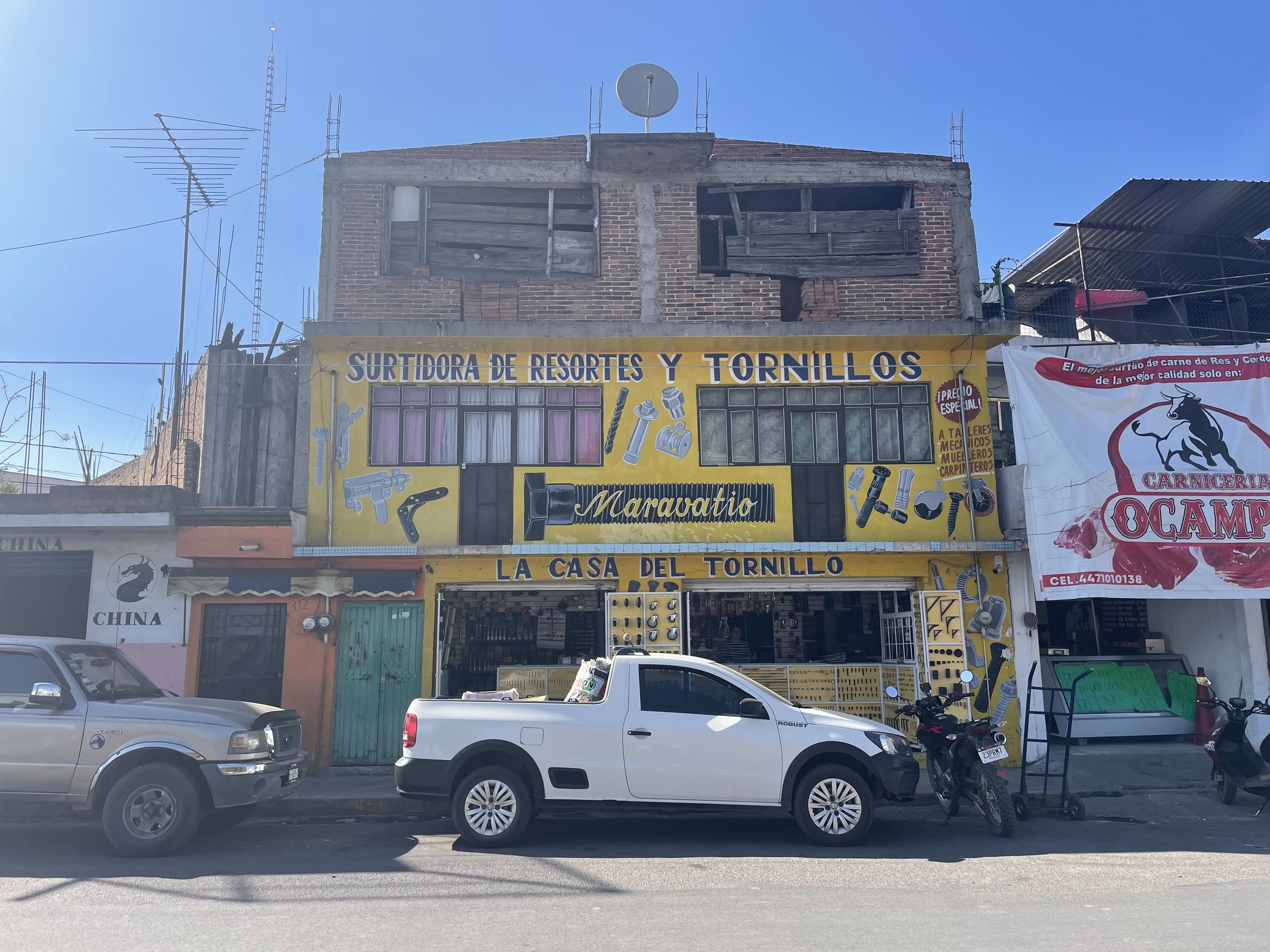Art as a Tool for Social Change
Diego Rivera mural photographed from my trip to Mexico 2023
Art as Resistance: Challenging the Status Quo
In a world increasingly defined by borders—both literal and metaphorical—the role of art, particularly murals, as a form of resistance is more important than ever. Art has always been a tool for expressing dissent and challenging the status quo, but its power is amplified when it moves from galleries to the streets. Murals transform public spaces into platforms for dialogue, infusing meaning into the walls they occupy and challenging the dominant narratives of those in power. Whether addressing environmental issues, social justice, or human rights, murals give voice to the marginalized and act as a form of protest, sparking change.
A Personal Journey: Inspiration from Mexican Muralists
My journey into muralism deepened in 2023 during a transformative trip to Mexico. Inspired by the work of Mexican muralists like Diego Rivera, I learned how art can amplify the struggles and triumphs of the working class. Rivera’s murals were more than just beautiful—they told the stories of people, advocated for social change, and challenged oppressive systems. This deeply resonated with my own mission as an artist. While at the Guapamacátaro Art and Ecology residency in Michoacán, I created ephemeral murals that explored the intersection of art, ecology, and community—reinforcing my belief in the power of murals to foster dialogue and inspire action.
Behind the scenes photos from my 10 day art residency at Guapamacataro Art & Ecology residency, Michoacán, Mexico
Murals as Acts of Resistance and Change
Murals are more than art—they are acts of resistance. They challenge us to rethink the world and work towards a future that’s just, sustainable, and inclusive. The temporary nature of street art only adds to its potency, sparking further acts of creativity and resistance. As artists, we engage in a conversation with the community, creating symbols that transcend language and invite reflection and action. Murals can also amplify environmental activism by showcasing the beauty of nature, the urgency of conservation, and the consequences of neglect. Through this, we help unite communities to protect our planet. Ultimately, murals shape public discourse, inspire change, and encourage others to join the fight for a better world.























